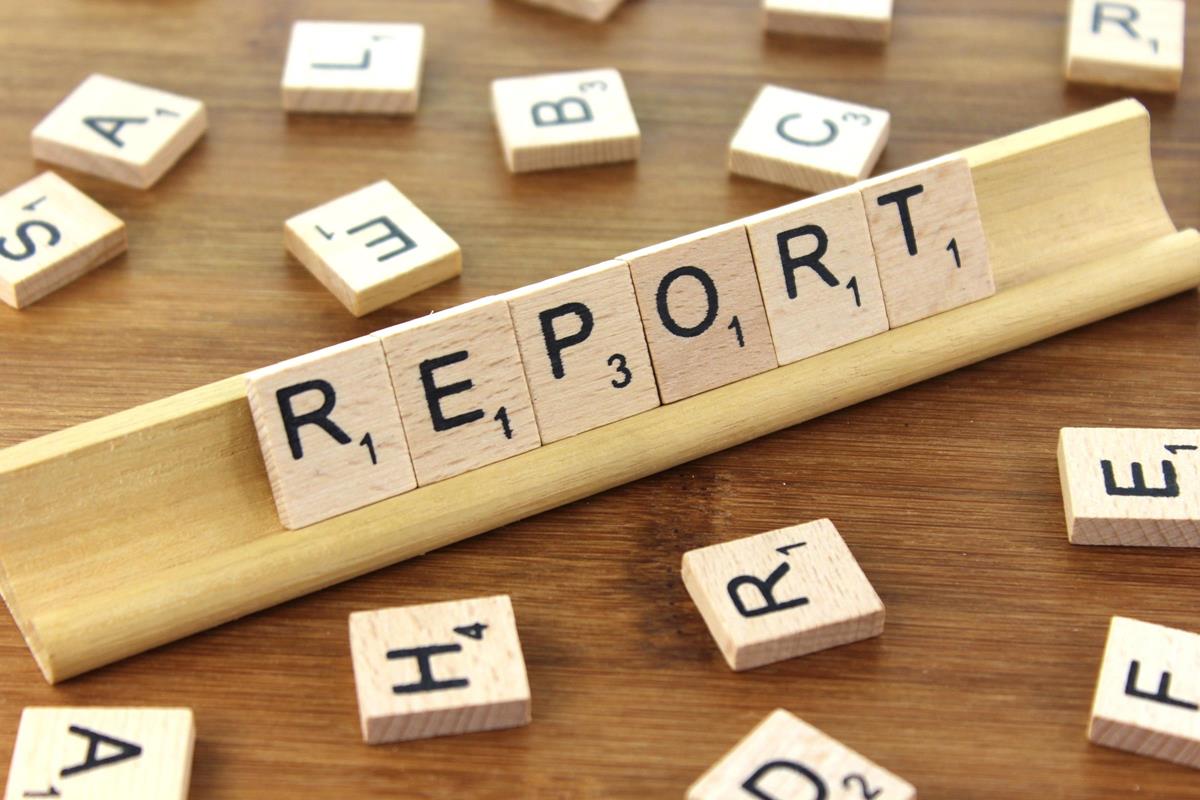Last year’s programme concluded with our outing to Berwick upon Tweed on 11 May – a well attended and very enjoyable tour of the Elizabethan Walls and of the barracks, led by the excellent guide we met at Paxton House last year.
Our programme this year has been truncated by the coronavirus emergency, our last meeting being in February.
Membership is slightly down on last year – 98 as compared with 100. A few new members have joined the Society, and so we continue to attract new blood. Average attendance for our meetings to February was 48, up on last session, with a peak attendance in September of 55 members (minimum 40). Non-members featured regularly, usually in low single figures, although for our September talk there were 6. These small numbers nevertheless continue to provide a source of new members.
The programme began in September with an entertaining presentation by the Seton Archaeological Society on their excavations at Seton House, which revealed substantial remains of Seton Palace
October’s talk took us to the late 19th and 20th centuries with Gordon Barclay’s talk on the fortification of the Forth Estuary – “the most powerful naval fortress in the British Empire”.
In November, Frank Bigwood used his researches on court records to provide “a window on life in the past” in Haddington and East Lothian.
Members night concluded 2019 with a very full and varied programme: a short presentation on Preston Mill (John Revuelta); a photographic quiz on Haddington (Bill Rarity); Newspaper Articles including the1941 bombing of Haddington (read by John Wood who was a boy in Haddington at that time); a brief analysis of Slezer’s ‘Prospect of Haddington’ (Roger Kirby).
In January, Professor Ian Ralston presented compelling evidence that the remnants of halls on Doon Hill are Neolithic rather than ‘Dark Age’.
Our final talk in February, in this shortened session, was given by Ruth Fyfe of the John Gray Centre using recorded interviews to shed light on Glasgow overspill in Haddington and Dunbar in the late 1950s and the 1960s.
To maintain some degree of activity and continuity during the coronavirus lockdown period we shared with the members by email 14 articles from our archives. These were issued singly on a roughly weekly basis and covered a wide range of topics. For example we enjoyed local history articles on agriculture, boyhood in the town, buidings, industry, language, portraits and significance of famous men and women from East Lothian’s past, and the construction of the defences for the 16th century siege of Haddington.
Finally, special arrangements have been concluded to complete the necessary business of the Society in lieu of the normal AGM in April: email and letter to present the Agenda, this Report and the Treasurer’s Report, together with proposals for changes in Committee structure. Members were invited to respond first with any questions or proposals, and then to accept or decline the agenda items. Responses were tallied to ensure that a quorum of members had replied.
Peter Ramage (Convenor – outgoing).
07 Sept 2020
